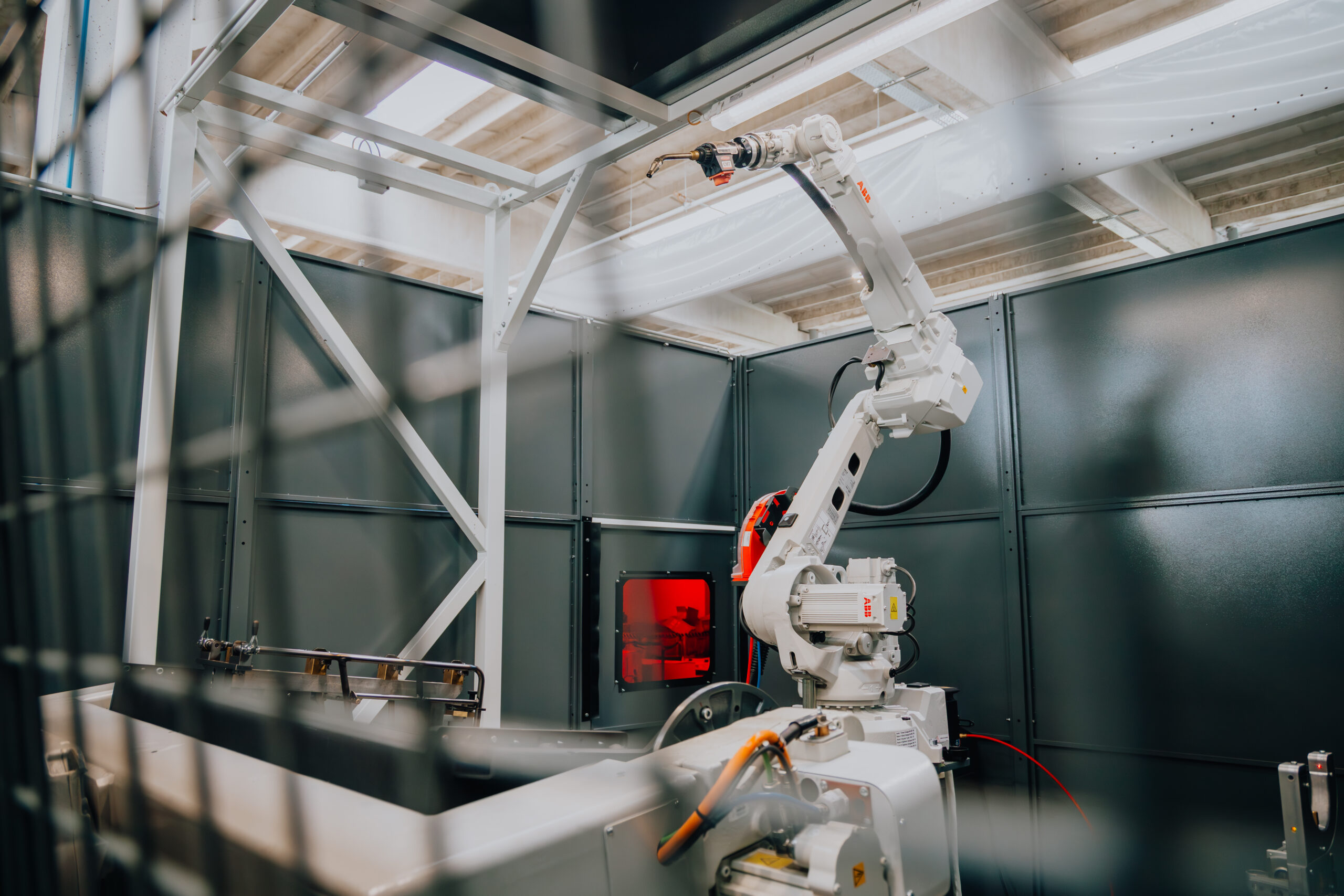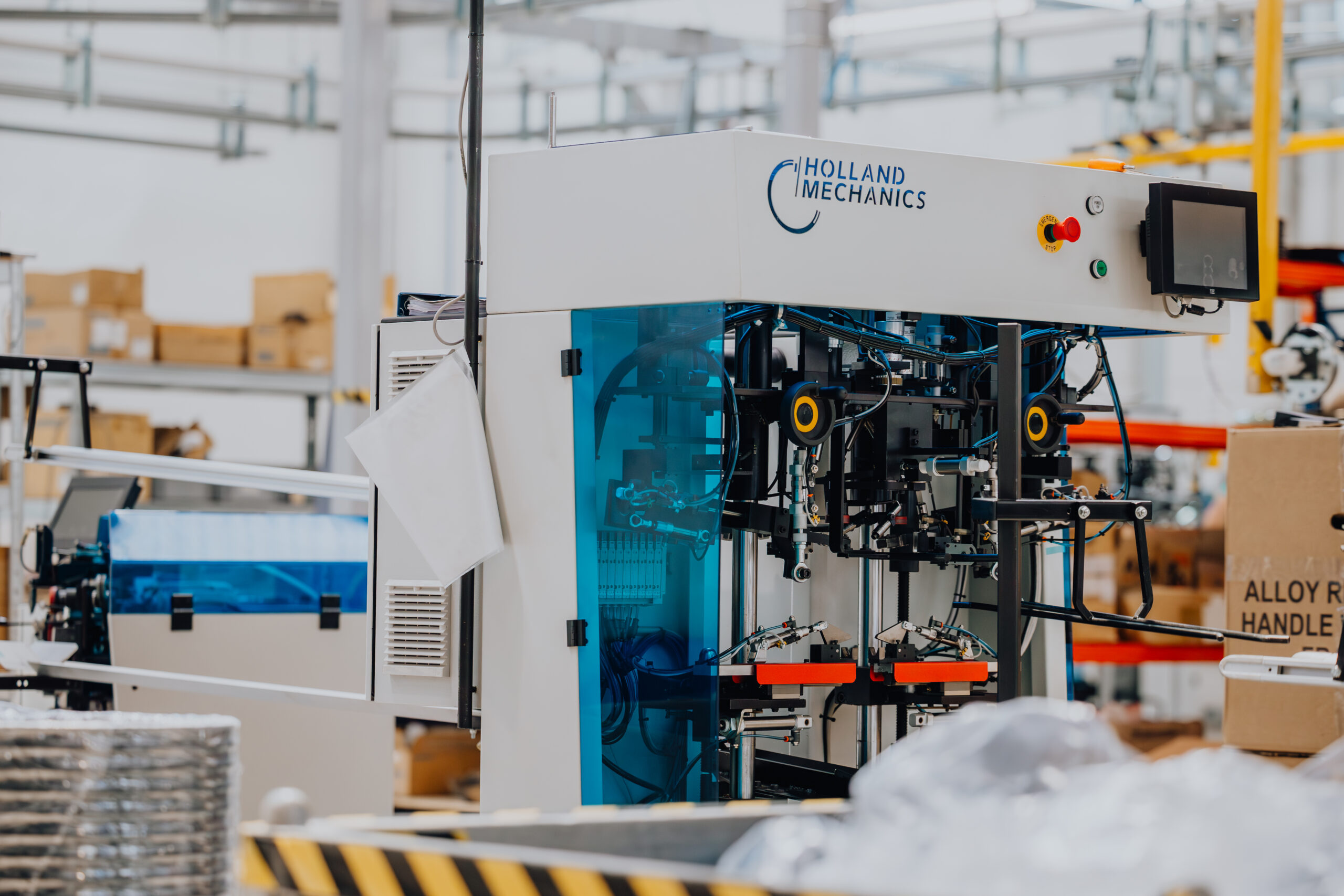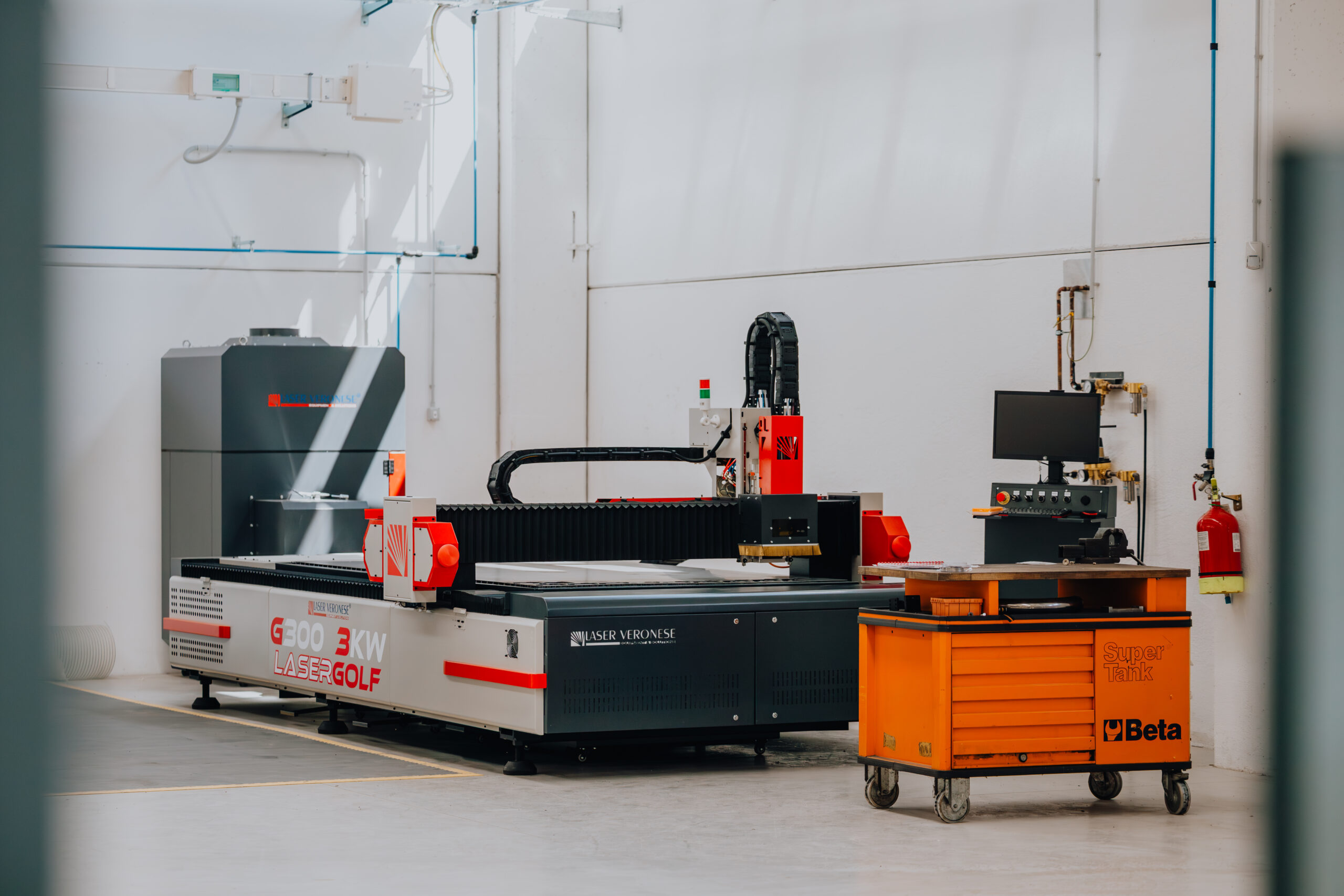How we make eBike mobility affordable.
We're obessed with delivering insane value.
- Frame Building with ABB Welding Robot (CMT from Fronius): Advanced Cold Metal Transfer welding delivers stronger, with precision robotics, reduce 50% welding time.
- Wheel Building: High-speed, computer-controlled wheel truing machines ensure perfect alignment, cutting production time by 25%.
- 2D Laser Cutting: Ultra-precise laser cutting for frame components, reducing material costs by 15% and minimizing errors.
- Bicycle Assembly Line: Fully automated assembly, boosting speed by 30% and reducing costs.
- Adding Team Value: a major thanks to our team!
1. Frame Building with ABB Welding Robot.
Advanced Cold Metal Transfer welding delivers stronger, with precision robotics, reduce 50% welding time
Steel frame bike robot production uses automated robotic systems to craft bicycle frames from steel tubing with high precision and consistency. Robots perform critical tasks such as tube cutting, mitering, and TIG or MIG welding, ensuring uniform joints and alignment throughout the frame. This automation not only enhances production speed but also minimizes human error, resulting in durable, high-quality steel frames that meet strict industry standards.
Additionally, robotic systems bring greater efficiency to steel frame customization. With programmable settings, manufacturers can easily switch between different frame sizes or geometries, catering to diverse customer needs.


2. Wheel Building Automization.
Wheel building for longtail e-bikes requires careful attention to strength, load distribution, and durability due to the extended frame and increased cargo capacity. These wheels typically feature reinforced rims, heavy-duty spokes, and high-torque hubs to handle the extra weight and power demands. We use thicker gauge spokes and specific lacing patterns, such as 3-cross or 4-cross, to enhance lateral stability and torque resistance—essential for electric assist systems and cargo loads.
In addition, rear wheels for multi and multi lungo are paired with mid-drive motors, which adds stress to the drivetrain and wheel structure. Proper tensioning and truing are critical to prevent spoke fatigue and ensure reliable performance over time. Because our eBikes are often used for urban transport or utility purposes, we prioritize longevity and low maintenance, often choosing components rated for high mileage and rougher terrain.
3. 2D Laser Cutting.
2D laser cutting plays a crucial role in eBike production by enabling the precise shaping of metal components such as frame brackets, dropouts, motor mounts, and battery housings.
This technology uses a focused laser beam to cut flat sheet materials — steel — with exceptional accuracy and minimal material waste. The precision of laser cutting ensures that each part fits perfectly within the overall frame assembly, which is essential for maintaining alignment and structural integrity in eBikes.
Moreover, 2D laser cutting supports rapid prototyping and flexible manufacturing in the eBike industry. Design files can be quickly adjusted and uploaded to the cutting machine, allowing for fast iteration and customization without the need for retooling.


4. Longtail eBike Assembly Line.
The assembly line for longtail eBikes is designed to handle the unique structure and components of extended-frame of multi and multi lungo, which are built for carrying cargo or passengers.
The process begins with the integration of the oversized frame, reinforced to support higher weight limits. Specialized jigs and fixtures are used to securely hold the frame in place while technicians or robotic systems install key components like the bottom bracket, wiring harnesses, and motor system—typically mid-drive or hub motor configurations tailored for heavy-duty performance.
As the eBike progresses down the assembly line, other critical systems are added, including heavy-duty wheels, hydraulic brakes, cargo racks, and rear platforms. The battery installation and electrical system checks are conducted toward the end of the line to ensure full functionality.
5. Adding Team Value.
A dedicated team adds significant value to eBike production by bringing together diverse expertise in design, engineering, assembly, and quality control. Collaboration between specialists ensures that each aspect of the eBike, from the motor system to the frame geometry, is optimized for performance, safety, and comfort.
Designers and engineers work closely with production teams to refine processes, troubleshoot issues, and adapt to emerging trends, ensuring that each eBike is not only functional but also meets customer expectations for innovation and style.
Moreover, a well-coordinated team enhances efficiency and problem-solving across the entire production chain. From sourcing quality materials to testing the final product, team members are crucial in identifying potential bottlenecks, improving production workflows, and minimizing defects.
We want to emphasize our gratitude to everyone who has made this possible.
Thank you!


